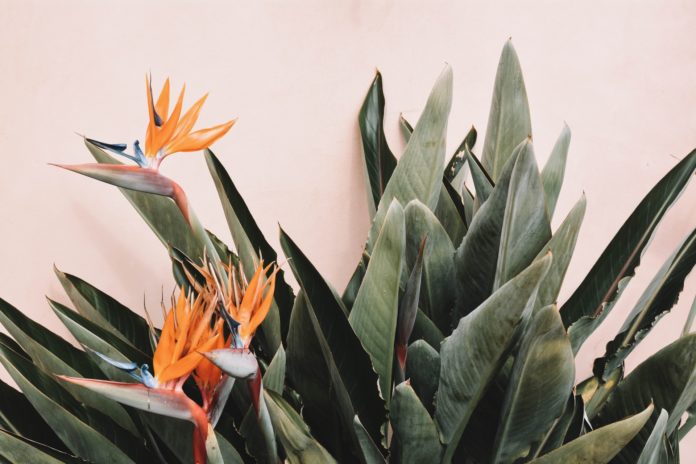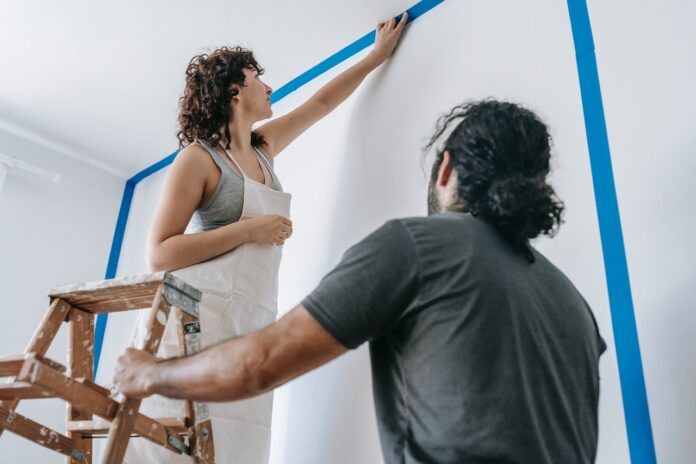And who would like to taste the wine this evening?
The sommelier looms large over the table, you gesture at each other, there’s a nervous giggle.
”Just pour it and put us out of our misery”, you whisper.
We’ve all been there, and we’d all like to have done things differently, to speak suavely about the finish, the nose and the notes…
Well, now you can. If you have designs on becoming an (almost) professional sommelier, wine taster, or simply be more conversant in the art of fine wine, then look no further; here are 5 IDEAL tips on how to taste wine like a pro.
Set & Setting
Distraction and diversion is the enemy of an effective wine tasting experience. You’ll need good conditions to concentrate on the precise appearance, flavours and aromas of the wine you’re tasting; accordingly, it’s not a wise idea to start your wine tasting session in a noisy or crowded room.
What’s more, you have to control your senses, particularly the nose, so avoid strong perfumes, cooking, flowers, or even pets, if you want to give yourself the best chance of tasting wine accurately.
You’ll also need the right glass; a perfectly clean one in the right shape, as even minor factors can have a huge effect on the taste of the wine itself, your senses or both.
Make sure your wine is at the appropriate temperature (different, incidentally, for each grape) and don’t eat or drink anything with a strong flavour right before tasting.
Of course, you can successfully and satisfyingly taste wines from the comfort of your home, but to put things in perspective and receive expert guidance, it’s also prudent to attend a proper wine tasting event from time to time, to develop a language and feel for how to taste wine both precisely and intuitively.

You Drink With Your Eyes First
Just as they say that you eat with your eyes first, the same is true for wine. So, pour yourself about one third of the glass and observe. Really, we mean it; give your wine a thorough once over, through the side of the glass in a neutral light.
Next, look straight down into the glass, and then roll the wine toward the edges. Note the colour, opacity and viscosity. In doing so, you’ll be able to tell most information that can be found on the etiquette (the vintage, ABV or grape variety) of your wine.
This is perhaps even more pertinent a point when tasting premium spirits such as Armagnac, Calvados and Cognac. As the experts at Spirits of France tell us, the intensity and clarity of colour in high-ABV liquors in a useful marker of their quality, all before you’ve sniffed and sipped the spirit.

Use Your Nose
After you’ve looked, it’s time to give it a sniff. Give the glass a swirl and hover over it with your nose – don’t get too close and don’t put your nose inside the glass; a rookie error, make no mistake. Take several quick sniffs and let your brain process the aromas.
Primary aromas are those derived from grapes, and include fruits in general, but also herbs and floral notes. It should be noted that all wines should smell mainly of fresh fruits. If not, they are probably too cold, too sweet, very old or simply spoiled.
Secondary aromas are linked to the winemaking process and these are yeast-derivatives, cheese rind, nut husk or stale beer.
Tertiary aromas come with time and aging, and many say that they are the easiest to detect; coconut, cedar, vanilla, caramel, chocolate, old tobacco, roasted nuts or cured leather are common ones to add to your repertoire.
It’s good to start with general notes, especially at the beginning, so ask yourself firstly; do you smell fruits? Great. Red fruits? Blue fruits? Black fruits? Try to get into specifics slowly and don’t get frustrated; you’ll never be able to identify all smells, so treat it more like a game than a test. Indeed, you don’t need to know each smell to taste or order wine like a professional.

A Taste Sensation
Now onto the most fun part, which the independent wine merchants at Seven Cellars guide us through. First, they say, you should take a small sip, swallow the wine and let the taste fill your mouth, circulate it and focus on what’s going on. Tastes will be coming to you retro-nasally, that’s why they change while you swallow.
Your tongue will tell you if what you’re tasting is sweet, sour, salty or bitter. The sour is always there because of the grapes, but it may vary due to the climate and grape type; sweetness appears when grapes retain some of their sugar, but there are varieties known for their bitterness and even salinity, which is the rarest.
Read: 6 of the best Australian wine regions
Your tongue is also able to detect the texture of the wine; it’s ethanol that gives it, that’s why the increase in texture will normally appear in high-alcohol wines. You can taste tannin too, a drying sensation found mostly in red wines. Tasting ends with determining the length of the taste – how long is it until you can’t taste anything anymore?
Good wine should be balanced (appropriate proportions of sweet, sour, salty and bitter), harmonious (you can identify different tastes, sure, but they’ve blended and work well together), complex (many flavours – the more experienced taster you are, the more you’ll be able to detect), evolved (it has aged well) and complete (it simply means that everything that was mentioned before, works). Of course, practice makes perfect, which is the ideal excuse to do more wine tasting later down the line.

Evaluate
Finally, it’s to the evaluation, where you get to flex your tasting skills. Ask yourself the most important question first – did you like the wine? If not, why? Was it too alcoholic? Too tannic? Would you like to drink it later or not? Was there something unique about the wine?
Don’t be afraid to experiment and express your opinions; if you don’t like something, that doesn’t mean you’ve been amateurish in your approach, just discerning. It may be helpful to start a journal or download an app that will help you keep track of the wines you’re tasting. Et voilà, you can start your career as a sommelier. Cheers!
Hey, now we’ve got your attention and you’ve perhaps invested in some bottles, check out our tips on how to store fine wine correctly.





